Although at first glance they look quite different, the Nikon Z30 and Z50 actually share a lot of similarities when it comes to their key specifications and features, so much so that buyers may be wondering if the older model already offers everything that they need, and possibly more.
So we’re bringing you this in-depth Nikon Z30 vs Z50 head-to-head comparison to help you choose between these two entry-level mirrorless cameras.
You can also read our detailed Nikon Z50 review to find out exactly what we think of that particular camera.
Sensor
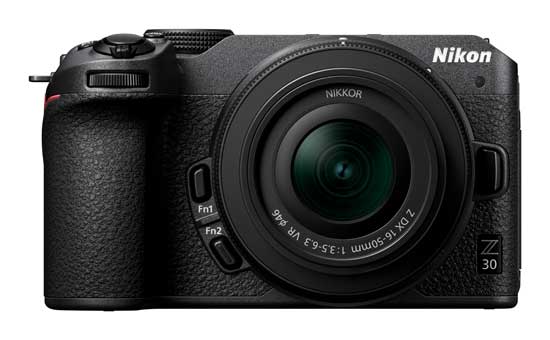
These two cameras offer exactly the same number of megapixels – 20.9 – because they both use exactly the same sensor
The image sensor used in the Z30 and Z50 is a 20.9 megapixel APS-C CMOS sensor.
They also share the same EXPEED 6 processor, so the stills and video image quality from both cameras should be very similar, barring any software tweaks that Nikon have made to the Z30’s output.
ISO Speed

The native sensitivity range of both cameras for still photos is ISO 100 to 51,200, which can be expanded to 204,800. For video the ISO range is 100-25600.
Video
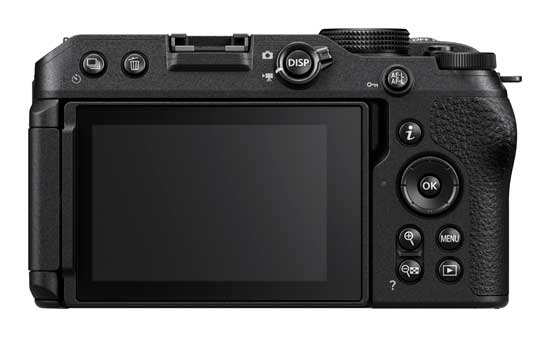
The Z30 offers a better video mode than the Z50 and is definitely the one to buy if you’re predominantly a videographer.
Having said that, both cameras offer the same headline 4K/30p and Full HD/120p recording modes, so you won’t get any better quality from the newer Z30.
One of the main improvements on the Z30 are much longer recording times – up to 125 minutes on the Z30 versus 30 minutes on the Z50 – although the Z30 can actually only record for approximately 35 minutes for 4K/30p.
Sound is also improved on the Z30, thanks to its built-in stereo mic and the option to attach an external mic. It also offers an onboard wind-noise reduction function.
Both cameras offer Nikon’s electronic Vibration Reduction to help keep your footage nice and steady.
On the Z30 if you turn the tilting monitor to face forwards, the camera instantly engages the new Self Portrait mode, clearing the screen for an unobstructed portrait view.
Autofocus
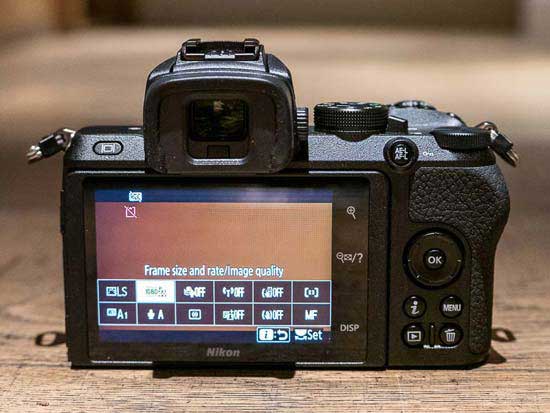
The new Z30 has exactly the same hybrid phase detection and and contrast detection autofocus system with 209 AF points as the Z50.
The main difference between the two models is the Z30’s new Video AF mode, which employs full-time autofocusing when recording, ideal for shooting action or first-person vlogs while on the move.
Burst Shooting
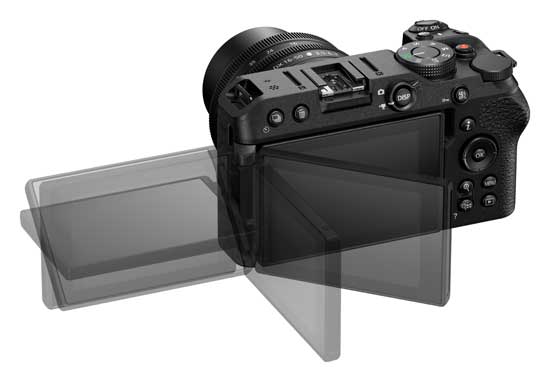
Both cameras can can shoot at a respectable 11fps with full-time autofocus and auto-exposure using the electronic shutter and a more pedestrian 5fps using the mechanical shutter.
Body and Design
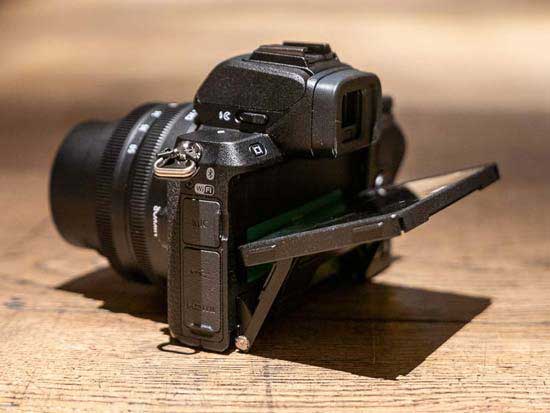
The design of the body and controls is very similar between the Z30 and the Z50.
Helped by the lack of a viewfinder, the new Z30 is smaller and lighter than the Z50, although not by that much.
The external controls are in much the same places on both cameras.
One of the main differences is the larger than normal video-record button that is positioned on top of the Z30 for easier access in both portrait and landscape orientation.
If you’ve previously used a Z50, you’ll be right at home using the new Z30.
IBIS

Neither the Z50 or Z30 feature in-body image stabilisation (IBIS), instead relying on the attached lens to supply it.
You can use the electronic vibration control feature on the new Z30 and the Z50 to help stabilise your video footage, but it does add a 1.3x crop.
Viewfinder
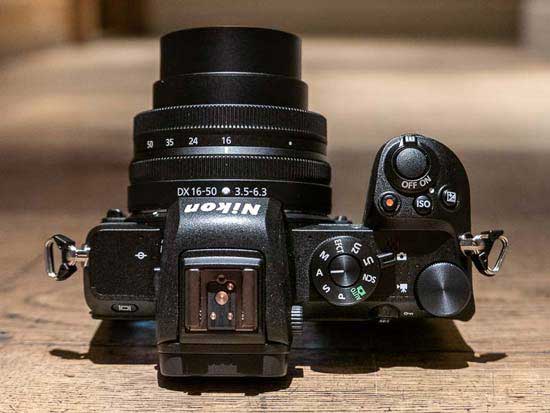
The viewfinder is the key difference between these two cameras, or rather the lack of one on the Z30.
The Z50 has a 2,360k-dot electronic viewfinder (EVF) that, although not particularly high-resolution, is bright and clear.
Nikon have taken the rather brave decision to remove the EVF entirely from the video-centric Z30, with no option to add one as an accessory either, much like Sony did with the ZV-E10.
LCD Screen
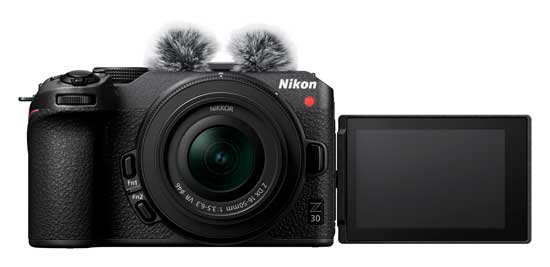
The LCD screen is one of the main differences between these two cameras.
The Z50 has a 180-degree flip touch-screen that’s more suited to stills photography, whereas the video-focused Z30 has a fully articulating, vari-angle LCD screen.
You can flip out the screen to the side, rotate it forwards for easier operation when pointing the camera at yourself, and fold it flat against the back of the camera to stop it from getting scratched.
This free-angle design proves to be a very versatile screen for vlogging, movie shooting and photography in general.
Memory Cards
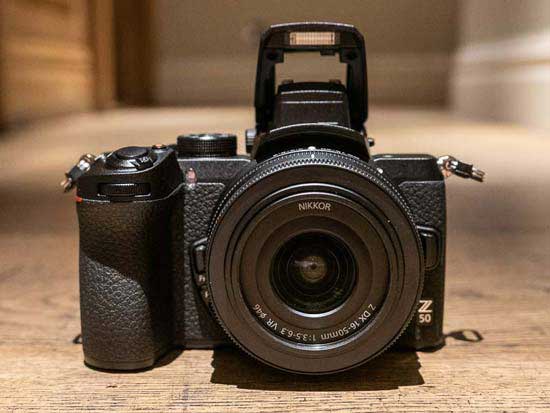
There is a single SD/SDHC/SDXC memory card slot on both cameras, which only supports the UHS-I standard, not the newer UHS-II cards which offer faster read and write speeds.
Battery Life
The Nikon Z30 uses exactly the same EN-EL25 battery as the Z50, which offers a CIPA-rated battery life of 300 shots on a single charge, with real-life usage yielding longer life.
The most important difference between the two cameras is that the newer Z30 can be powered and charged via a USB-C connection, which is useful if you’re out and about and have a compatible power-bank to plug the camera into. The older Z50 doesn’t offer this feature.
Price
The new Nikon Z30 is priced at £699 / $799 in the UK and USA respectively, making it the cheapest Z-series camera ever released.
The Nikon Z50 was priced at £849 / $849 body only when it initially launched three years ago, a price that remarkably it still commands today.
This makes the new Z30 quite a bit cheaper than the Z50 at the time of writing, so much so that you can actually buy it with the Z DX 16-50mm f/3.5-6.3 VR kit lens for slightly less than the Z50 body only.
Conclusion
The Z30 is the first Nikon mirrorless camera that’s very obviously targeted at vloggers and videographers, with almost all of the key differences between the two models aimed at making life easier for people stepping up from a smartphone.
They are very similar in terms of their still photography prowess, despite the 3 year gap between them, so the Z50 is still well worth considering today if you’re more of a hybrid shooter than an out-and-out movie maker.
So what do you think? Would you choose the new Z30 or the older but still very capable Z50? Leave a comment below!








